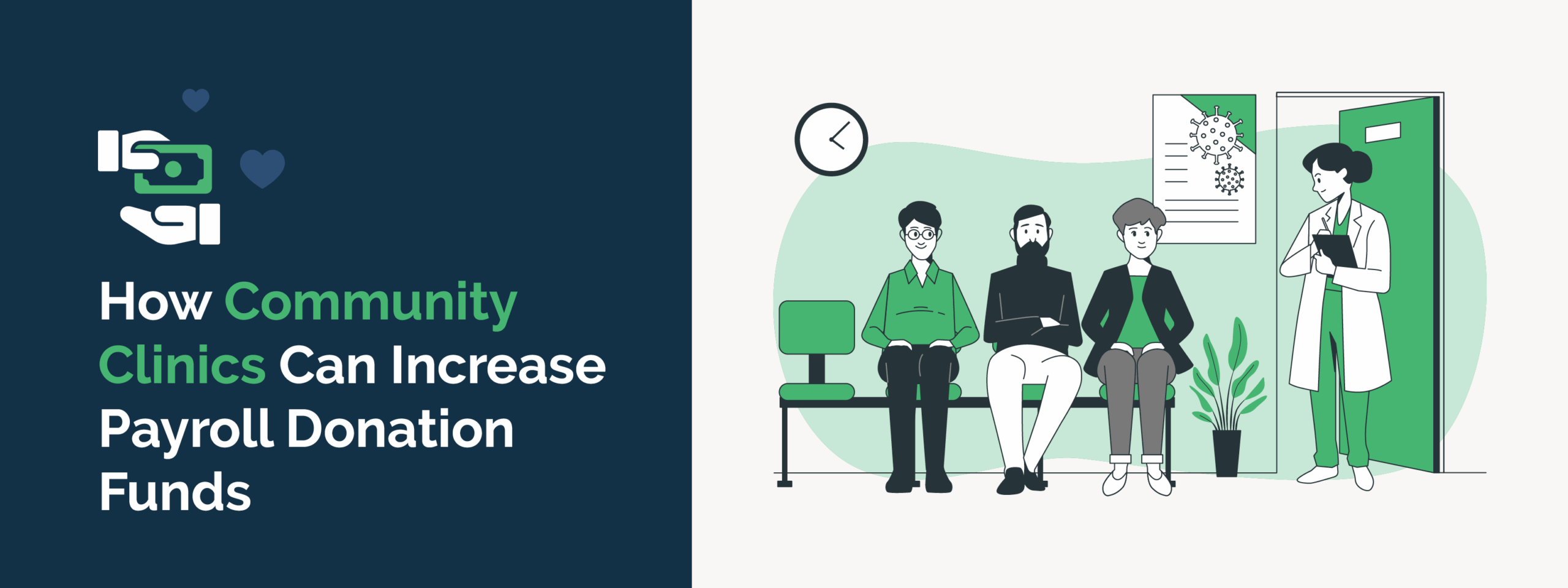
How Community Clinics Can Increase Payroll Donation Funds
Community clinics play a vital role in providing accessible healthcare…
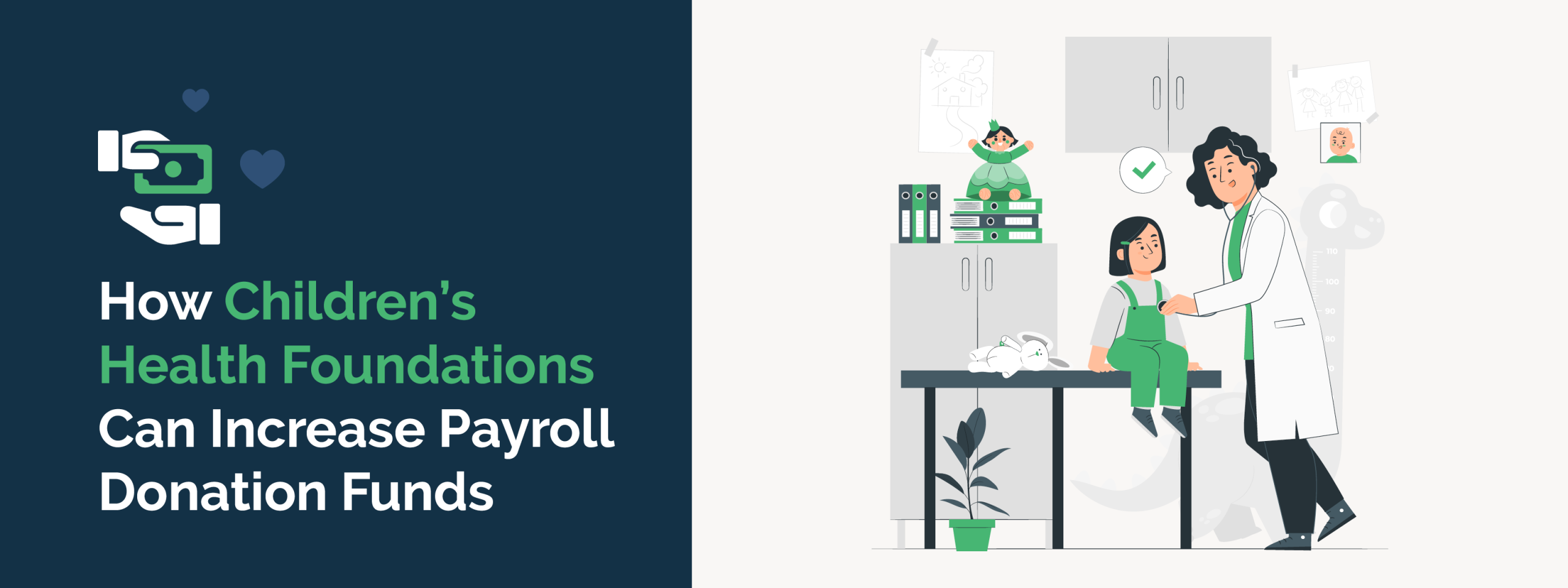
How Children’s Health Foundations Can Increase Payroll Donation Funds
Children's health foundations play a vital role in supporting…
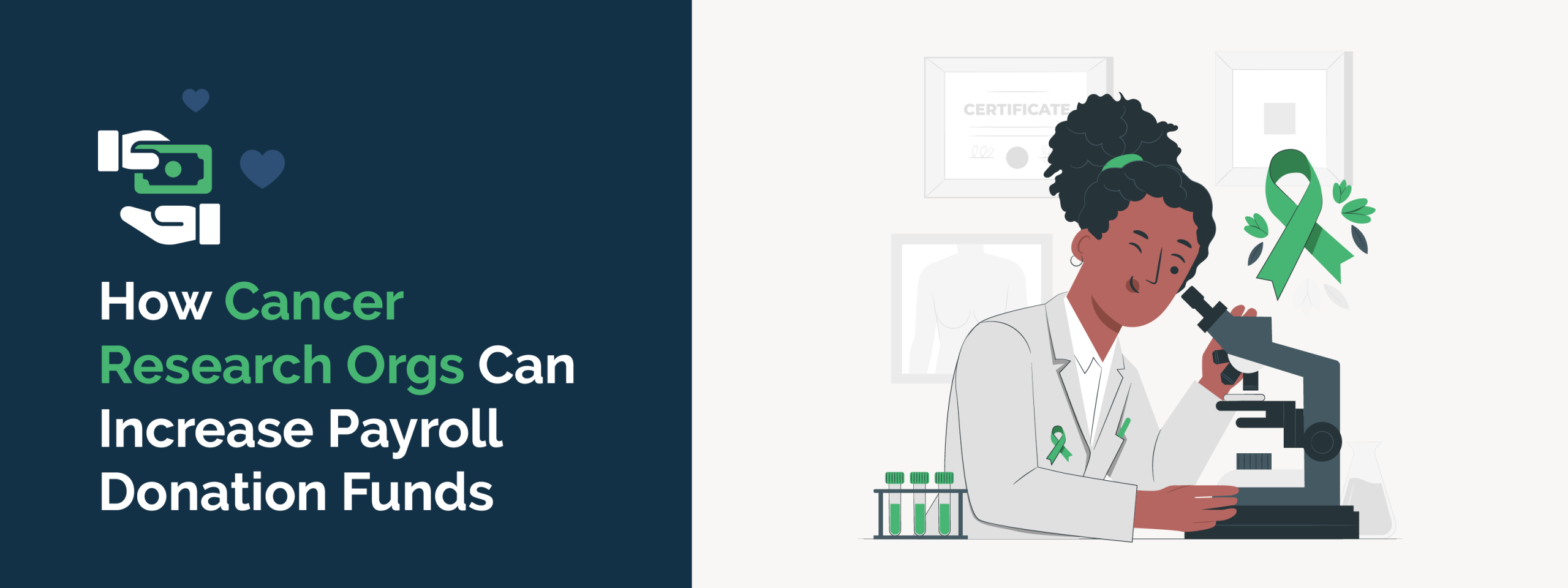
How Cancer Research Orgs Can Increase Payroll Donation Funds
For organizations dedicated to advancing cancer research, raising…
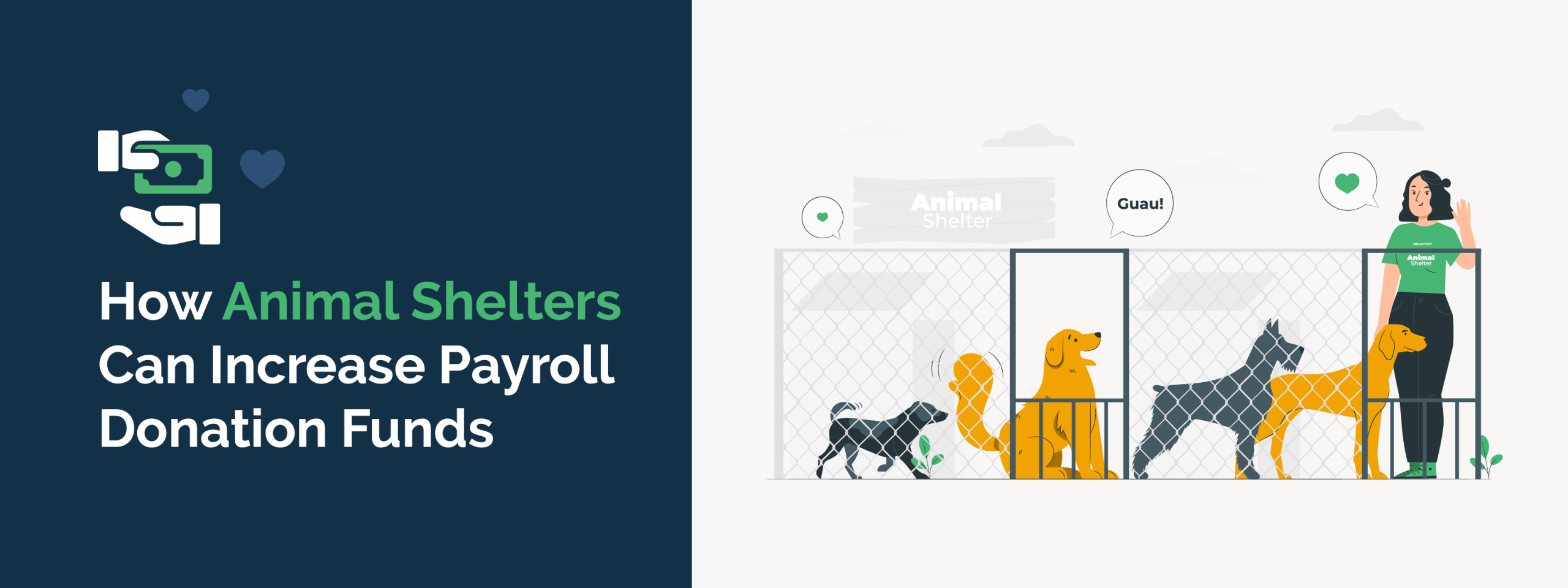
How Animal Shelters Can Increase Payroll Donation Funds
Animal shelters play a vital role in caring for and protecting…
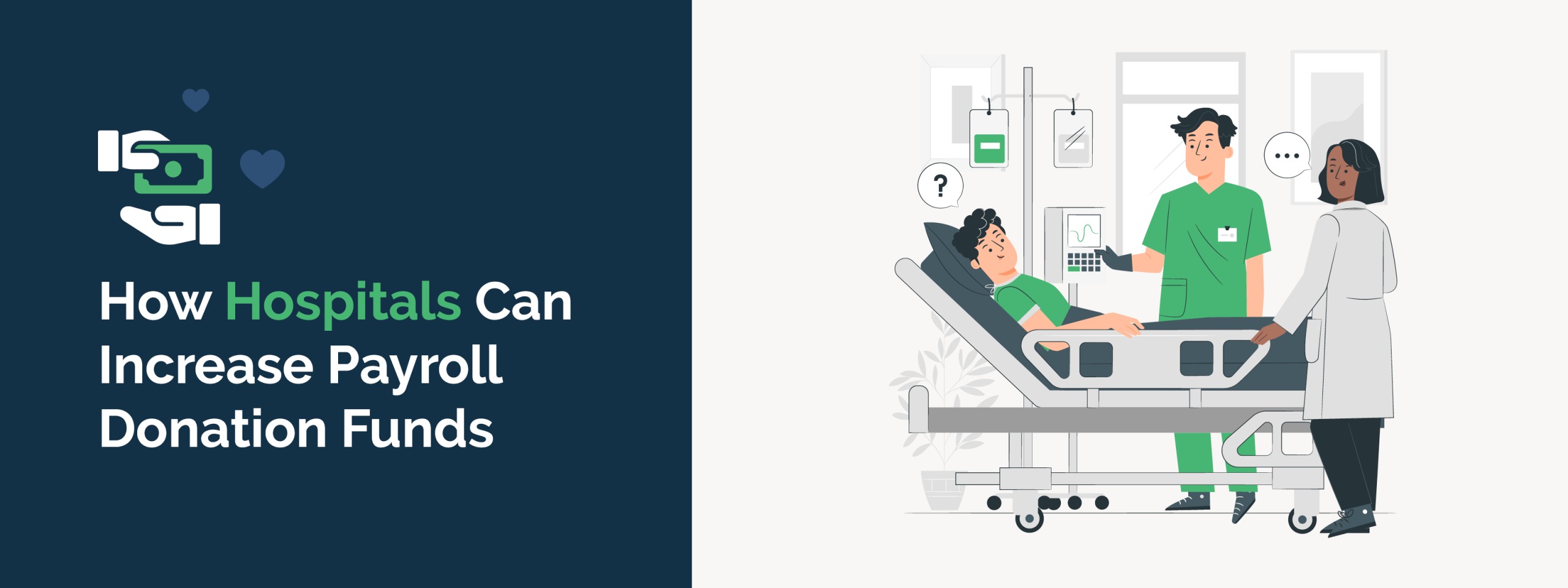
How Hospitals Can Increase Payroll Donation Funds
Hospitals play a critical role in providing essential healthcare…
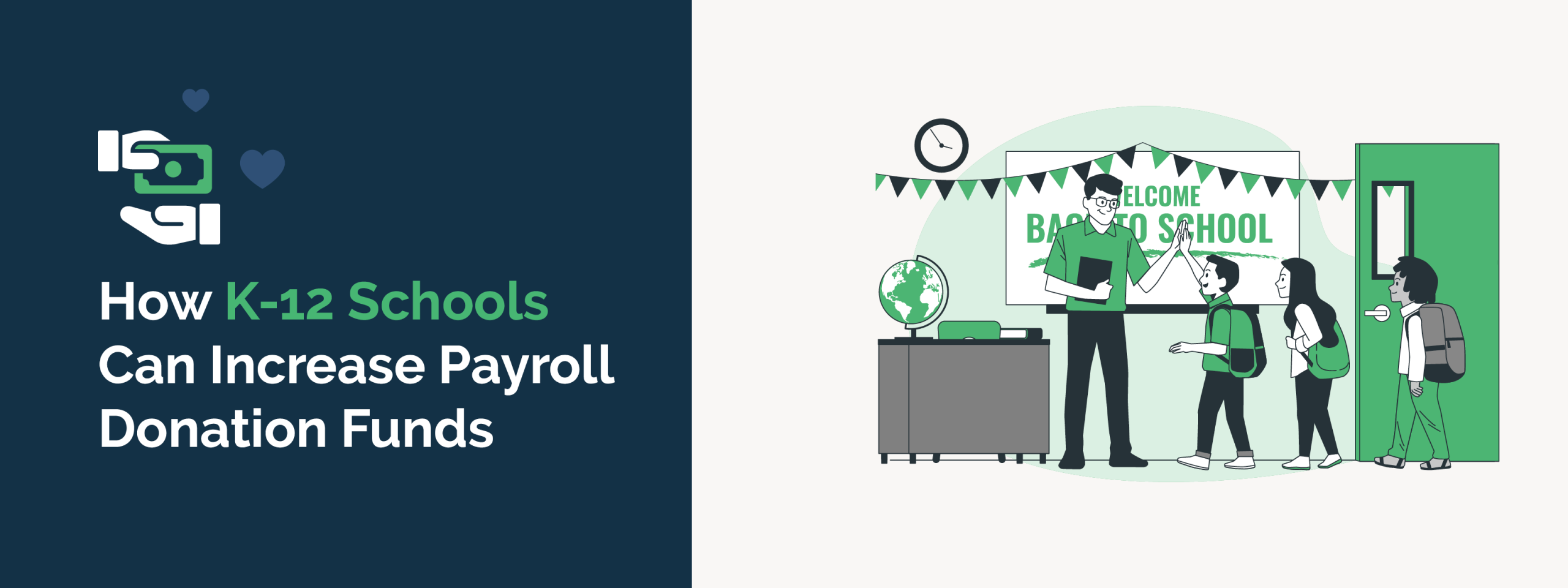
How K-12 Schools Can Increase Payroll Donation Funds
In the world of K-12 education, securing consistent funding is…

How Universities Can Increase Payroll Donation Funds
Universities play a vital role in shaping the future by educating…
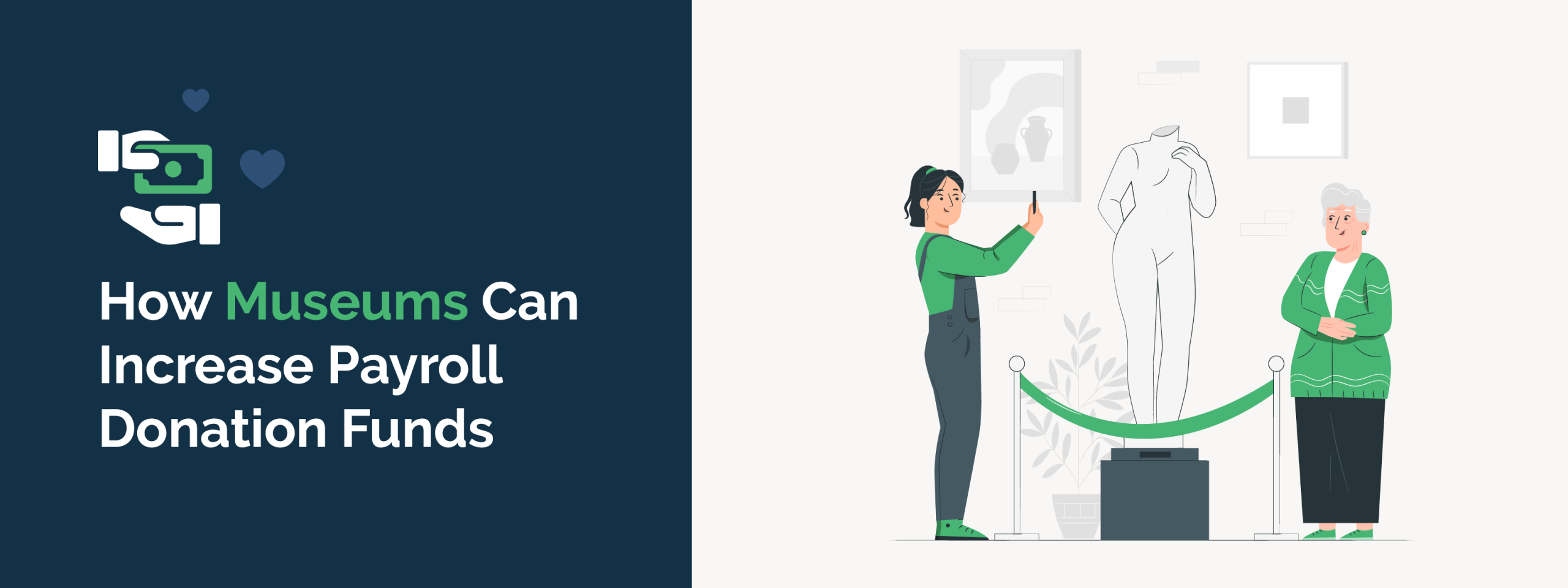
How Museums Can Increase Payroll Donation Funds
Museums play a vital role in preserving culture, educating the…

How Hospitals Can Grow Volunteer Grant Revenue
Hospitals play a vital role in communities, providing essential…
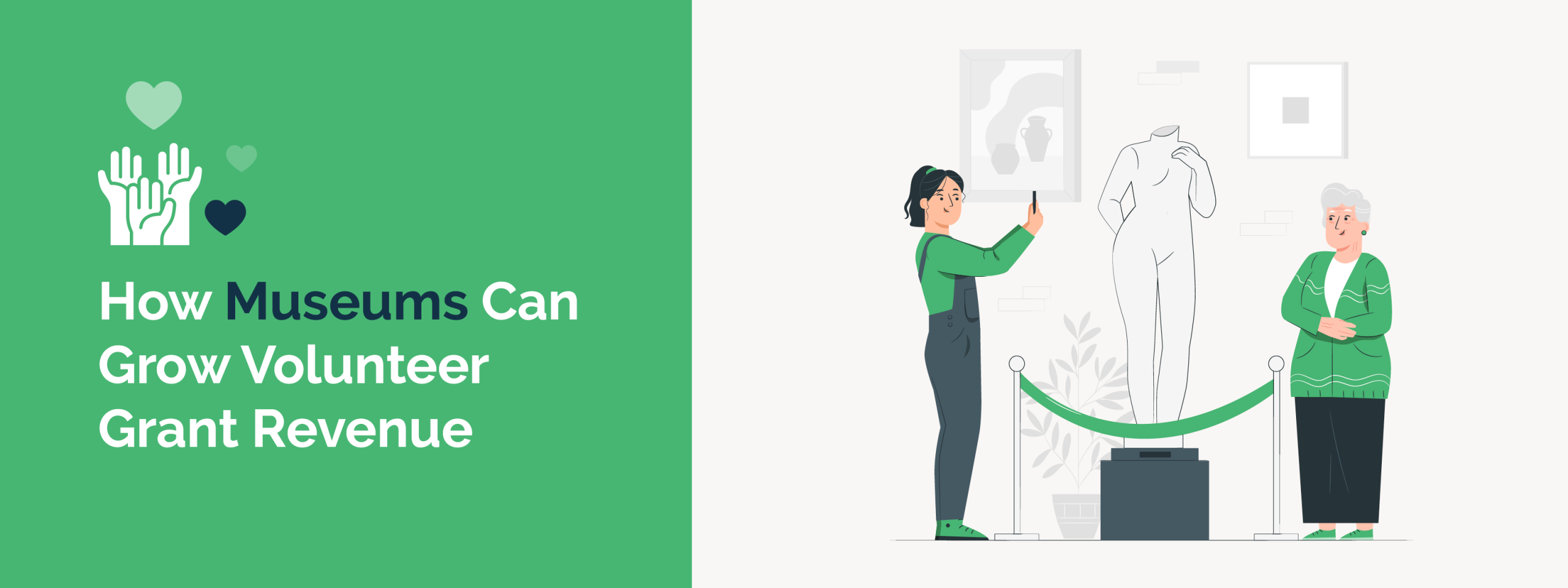
How Museums Can Grow Volunteer Grant Revenue
Museums play a vital role in preserving culture, educating the…

